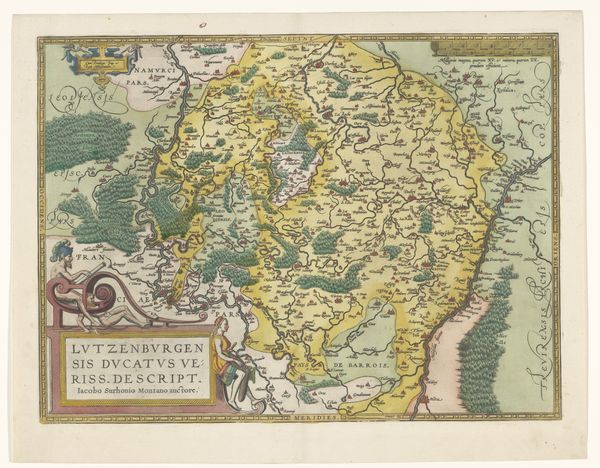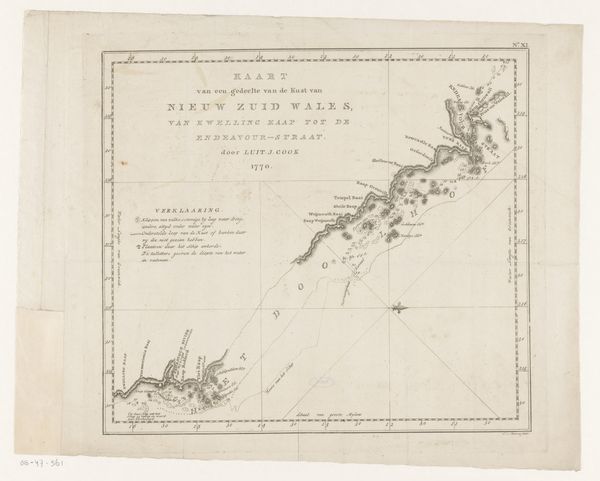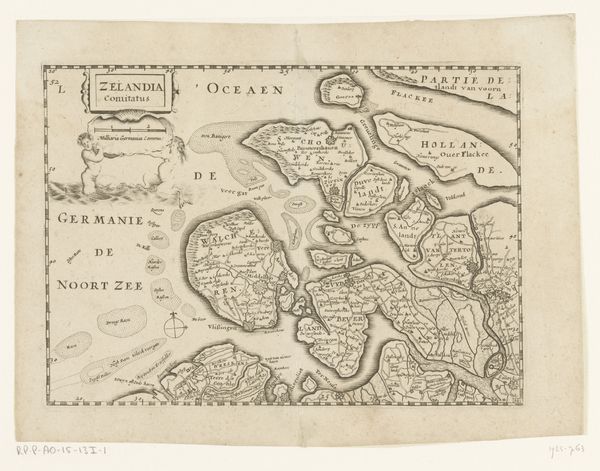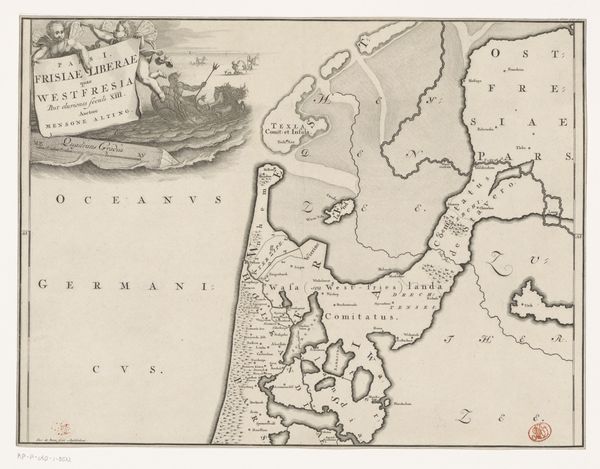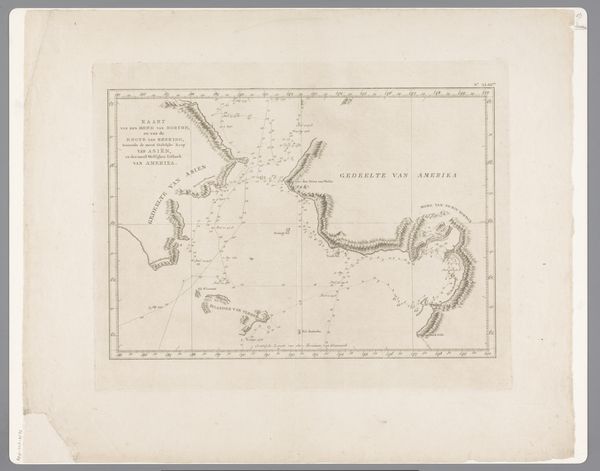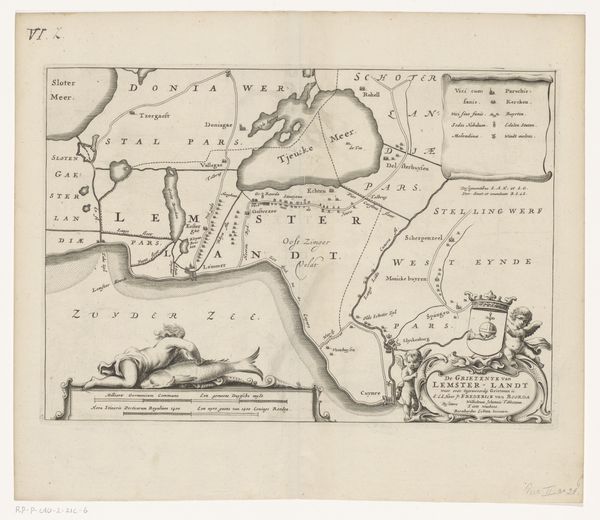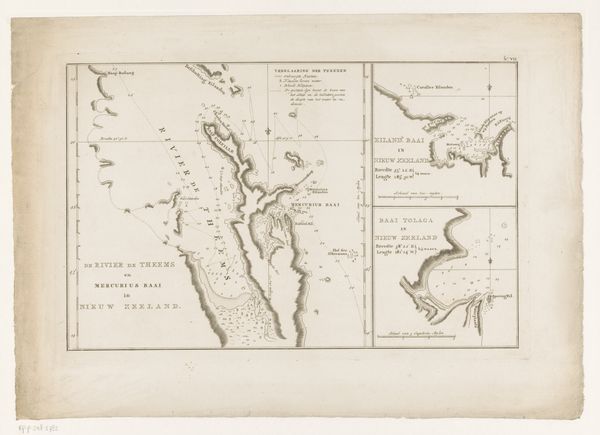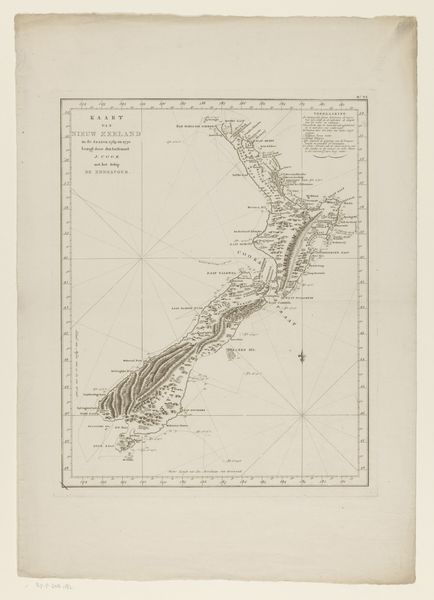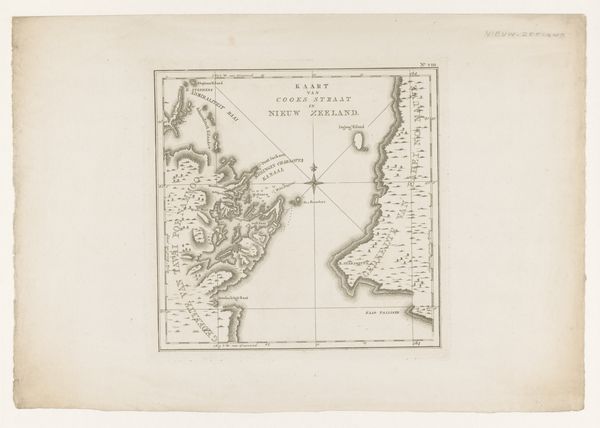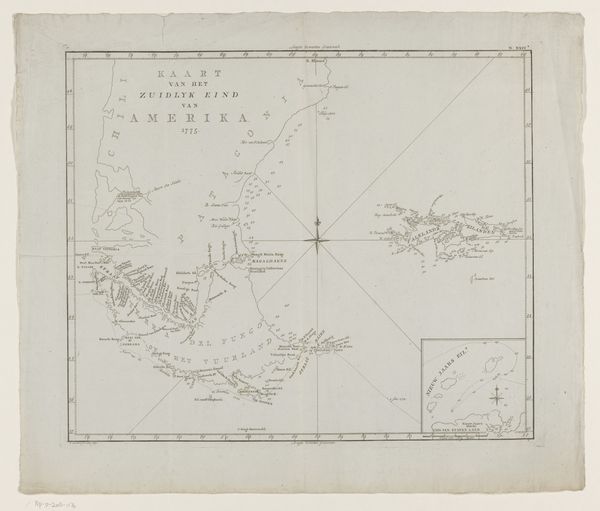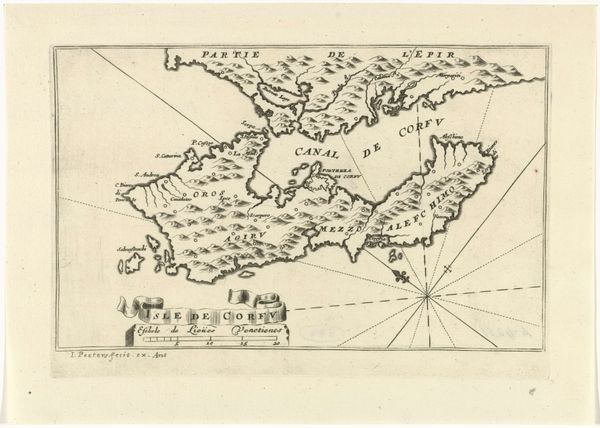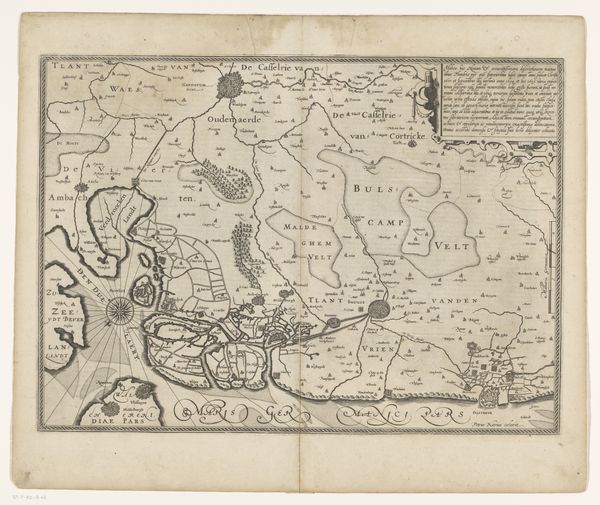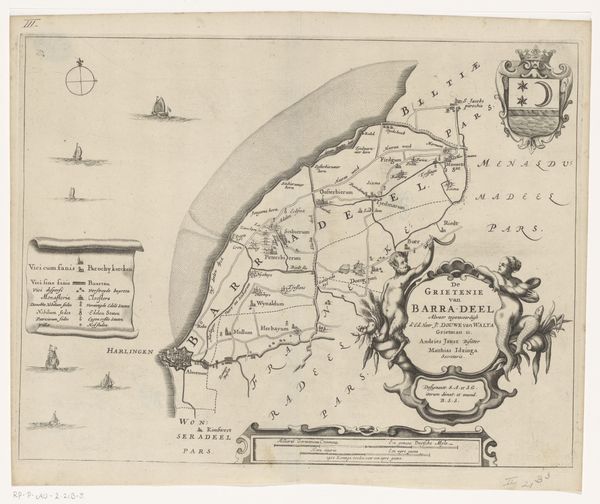
Japan, from "Court Game of Geography" 1838 - 1855
0:00
0:00
drawing, print, paper, engraving
#
drawing
# print
#
asian-art
#
landscape
#
paper
#
history-painting
#
engraving
Dimensions: 3 3/4 × 2 1/2 in. (9.5 × 6.4 cm)
Copyright: Public Domain
Editor: Here we have "Japan, from 'Court Game of Geography'," made between 1838 and 1855, created by William and Henry Rock. It’s a print and drawing on paper depicting Japan. The engraving style feels quite formal and detached, typical of maps, but there are also these almost playful diamond shapes included... How do you interpret this work, considering its historical context? Curator: It's crucial to consider this map within the context of 19th-century Western engagement with Asia. Cartography wasn't just about geographic representation; it was deeply intertwined with colonial power and knowledge production. Notice the details included—and, equally, those omitted. How might the seemingly objective rendering of territory actually serve particular political agendas? Editor: I hadn't thought about the omissions... So the map isn't just showing where things *are*, but it's actively constructing a Western understanding of Japan? Curator: Precisely. Consider, too, the visual language of the map. The sharp lines, the way place names are presented. How does this style contribute to a sense of authority and control over the space being depicted? The “game” aspect you mentioned also adds an element of play, almost of possession, which further complicates its neutrality. This work speaks to the historical power dynamics embedded in representation itself. The yellow diamond shapes you also called "playful" may also signal imperial presence and value extraction. What does this suggest about that historical relationship? Editor: So, it’s not just a map. It's a statement of intent, of cultural perspective. Thank you; this has really reshaped my understanding of how to look at historical documents. Curator: And by questioning its intent, we unlock a richer understanding of not just the past, but also how knowledge continues to be shaped and circulated today. Keep interrogating those visual power dynamics!
Comments
No comments
Be the first to comment and join the conversation on the ultimate creative platform.
